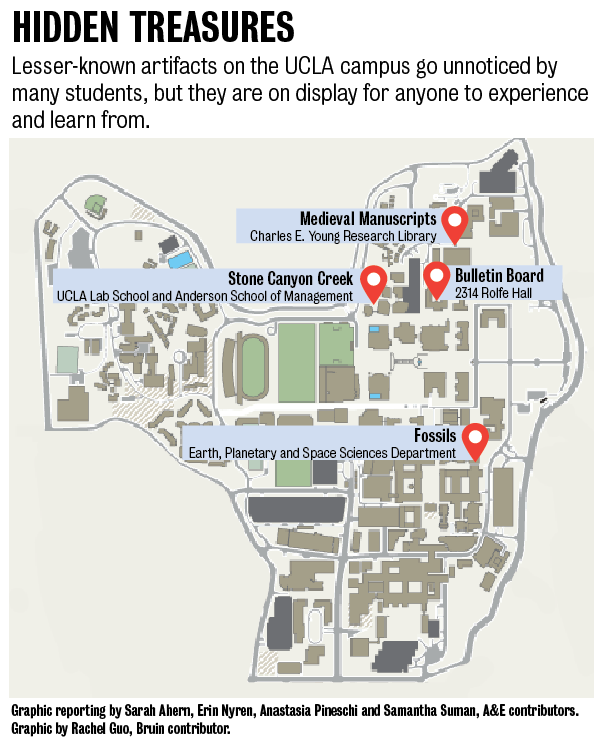News from the past: Michael Suman’s bulletin board of nostalgia
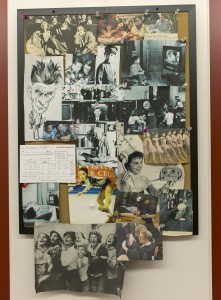
Students walk at a slower pace as they pass Rolfe Hall 2314.
A small bulletin board, just to the right of the office door, is covered with a collage of hand-cut, faded newspaper clippings. Inside the office sits Michael Suman, reclining in his black rolling office chair.
The communication studies lecturer has collected images from the Los Angeles Times and The New York Times for over 20 years. The clippings outside his office reflect his studies of mass media and personal meaning, he said.
“They are just things that have touched my life in certain ways – people I admire, things that are interesting,” Suman said.
Raised in the 1960s, Suman said some of the postings serve a nostalgic purpose, like the image of John F. Kennedy on the television screen or the man watching television from his bathtub.
Suman is also drawn to highly expressive images because he teaches both interpersonal and mass communication. The selected clippings demonstrate a spectrum of emotions, from the grimacing pain of a child getting an injection to the amusement and joy of young girls watching a film in a 1950s theater.
His collection is noticeably centered around Asian culture and history, he said. He spent time in Asia from 1992 to 1994 while working for the University of Maryland. Multiple photographs taken in Asia are on his office board, including one from April 2003 of a line of young ballet dancers in Hong Kong with masks on their faces during a SARS scare.
The board has changed throughout the years, as Suman periodically takes down images to replace them with newly clipped pictures. Although he does not have a systematic method of adding to or subtracting from the board, he said the current images are no more than 5 years old.
Suman often finds his students looking at the pictures as they wait for him at his office hours, he said. On occasion, they will ask him what certain pictures mean.
“It’s nice to know that some people are paying attention,” Suman said.
Compiled by Samantha Suman, Daily Bruin contributor.
Tangible history: Medieval manuscripts in UCLA Library Special Collections
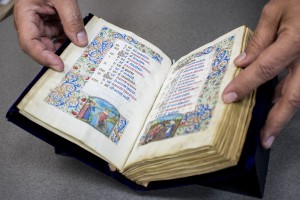
The sense of removal from the campus becomes more and more complete as one descends into the depths of the Charles E. Young Research Library, first into the Special Collections lobby, and then the Bradford A. Booth Memorial Room.
The room is like the library of a wealthy 1920s patron of the arts transported into the 21st century. Colorful rugs span the floor, and wooden bookcases filled with first editions of major and minor literary contributors line the walls. Resting on one of the tables in the room is a selection of books of hours dating back to medieval times.
Books of hours are devotional texts that were often given as gifts during the medieval times and the Renaissance, beginning with a calendar marking important religious dates. They contain gospels, psalms and the day’s prayers.
The manuscript collection at UCLA is extremely valuable in terms of historic richness and scholarly resource material, said Genie Guerard, a manuscripts curator for the UCLA Library.
Guerard said the enormity and span of UCLA’s collection is due in large part to the magnanimity of Richard Rouse, a UCLA history professor emeritus and medievalist who curates manuscript collections with his wife Mary Rouse. The couple made their first gift in 2006.
In the UCLA Bound Manuscripts Collection, one manuscript belonged to a woman who chronicled her life on a pirate ship after she was kidnapped. Another, a 500-year-old sketchbook filled with images of water wheels and catapults, was property of an unknown Italian engineer.
Many manuscripts are available for anyone to peruse by requesting them on the website. As long as training in proper handling technique is received, anyone can feel the durability of vellum between their fingertips.
Many people think you have to wear white gloves while handling the ancient artifacts, said Octavio Olvera, visual arts specialist and preservationist.
“White gloves are really going to be more damaging to the material,” he said. “More than anything else, your hands should be clean.”
Compiled by Erin Nyren, Daily Bruin contributor.
Stone Canyon Creek: The Hidden Living Classroom on UCLA’s Campus
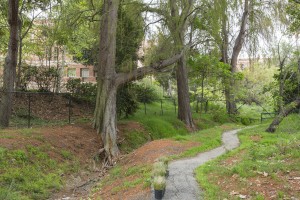
Lush layers of alders, sagebrush and California wild roses harbor the soft murmuring Stone Canyon Creek, a strip of water that softly flows behind the UCLA Lab School and the UCLA Anderson School of Management.
As new infrastructure was built on the UCLA campus during the university’s founding, the creek and its surrounding environment became coated in ivy and filled with invasive vegetation. Recently however, it became a landscape for learning and innovation for UCLA students.
Alumnus Jason Finley found an old bird survey in prerestoration UCLA records from just before when the Westwood campus was founded in 1929. He and Rafe Sagarin, who used to be an assistant research biologist for the UCLA Institute of the Environment and Sustainability, reached out to Mark Abramson, the senior watershed adviser for the Santa Monica Bay Restoration.
The records of the 1929 bird survey from UCLA showed 67 percent fewer bird species lived in the creek than before they built the campus, and many of those bird sightings were near Stone Canyon Creek.
In 2005, Finley found the remnants of the creek that runs through UCLA’s Lab School and up to the Collins Center of the School of Management.
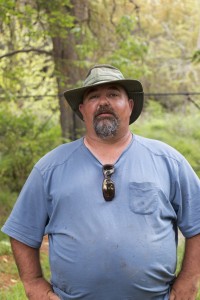
Abramson, his team and several volunteers from the Bay Foundation and from UCLA have spent the past seven years reintroducing over 5,000 native plant species, including willows, oak trees and California roses to restore what the area would have naturally been like before the campus was built.
Since the launch of the restoration project, the creek has become a place where intermediary and college-level students have conducted research and learned about local environments and habitats.
Abramson said UCLA graduate students focusing in geology, engineering and environmental studies use the creek for learning about the diversity of insects and plants, understanding the hydrology of creeks and identifying different types of soil.
The students at the UCLA Lab School spend entire curricula studying the creek. Third- and fourth-grade students from the lab school have studied footprints near the creek and identified the source of the wildlife tracks.
“The kids love that little creek,” Abramson said. “It really is an incredible resource for them that they can use to sophisticate their critical thinking skills.”
Compiled by Sarah Ahern, Daily Bruin contributor.
Fossils
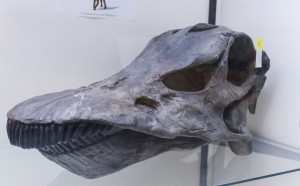
Creatures more than 65 million years old still roam the halls of UCLA.
An ammonite fossil is one of over 10,000 pieces in the Earth, Planetary and Space Sciences’ teaching collection, which includes real fossils, casts of fossils, rocks and meteorites. Curious students with a sense of adventure can enter the Geology Building – if they don’t mind getting lost a few times – and find pieces dating from millions of years ago to modern day.
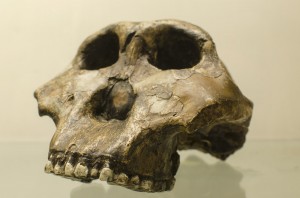
In 1991, Charles Marshall began teaching at UCLA. Along with Bruce Runnegar, now a professor emeritus for geobiology, he conceived of a general education class where students could learn about vertebrates and evolutionary development. The teaching collection serves as a supplement for the lab portion of the class Dinosaurs and their Relatives.
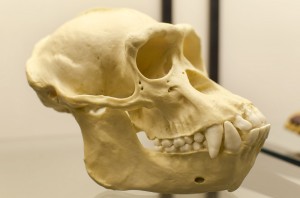
The collection was arranged mainly by Marshall, Runnegar said. Some fossils were purchased from sources outside UCLA, while others were acquired from other collections on campus, like the Department of Ecology and Evolutionary Biology collection. Having both real fossils and casts of fossils allow students to personally interact with the items without fear of mishandling precious materials, Runnegar said.
“(When skulls) are being studied by students, the case is opened up and students can touch it and look at it, which probably wouldn’t be possible if it was the original,” Runnegar said.
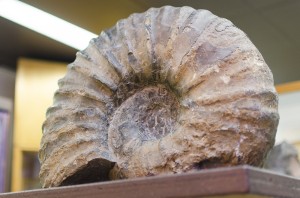
Students can handle a wide range of material, from Tyrannosaurus rex skull casts to real chicken skeletons. A fossil of an ammonite, a marine mollusk of the Cretaceous period, came from the Santa Monica Mountains.
The collection is a campus resource that is useful for geologists and: also supplements a range of majors, Runnegar said.
Compiled by Anastasia Pineschi, Daily Bruin contributor.

